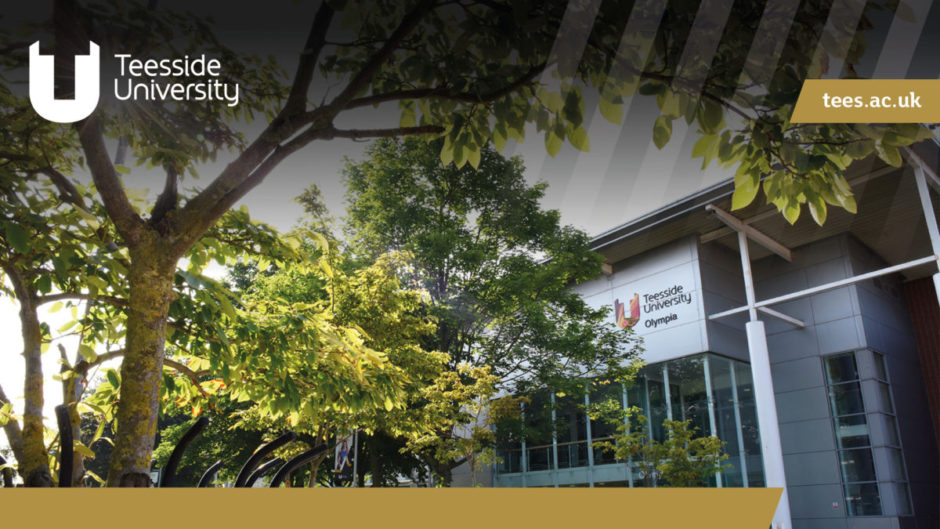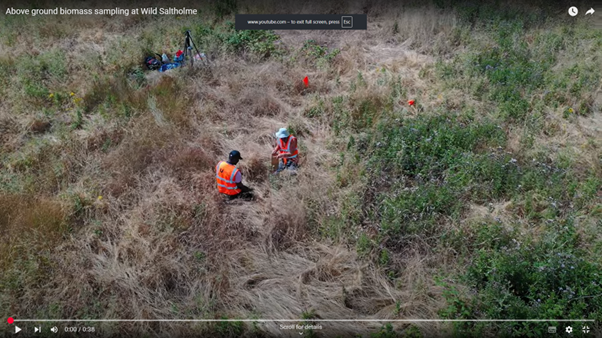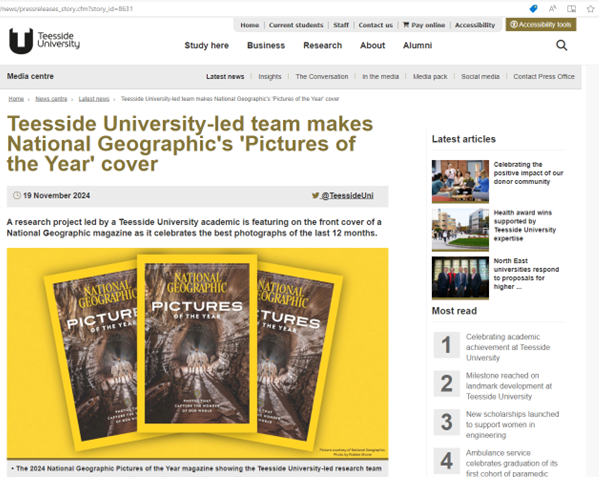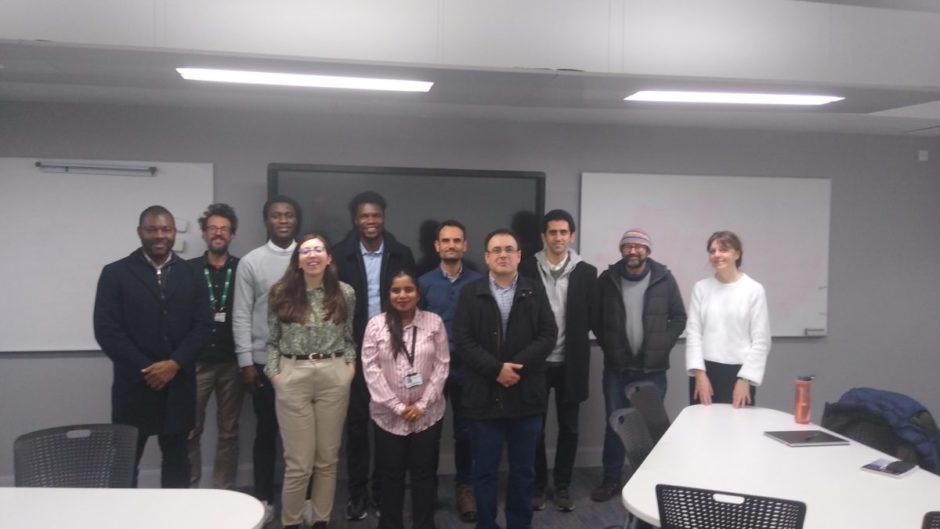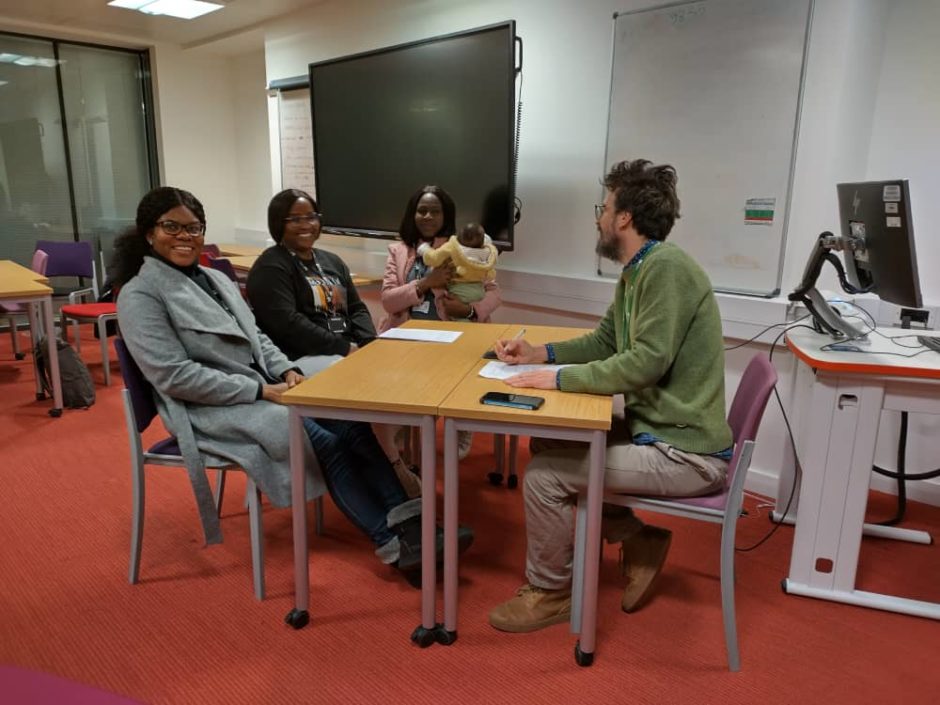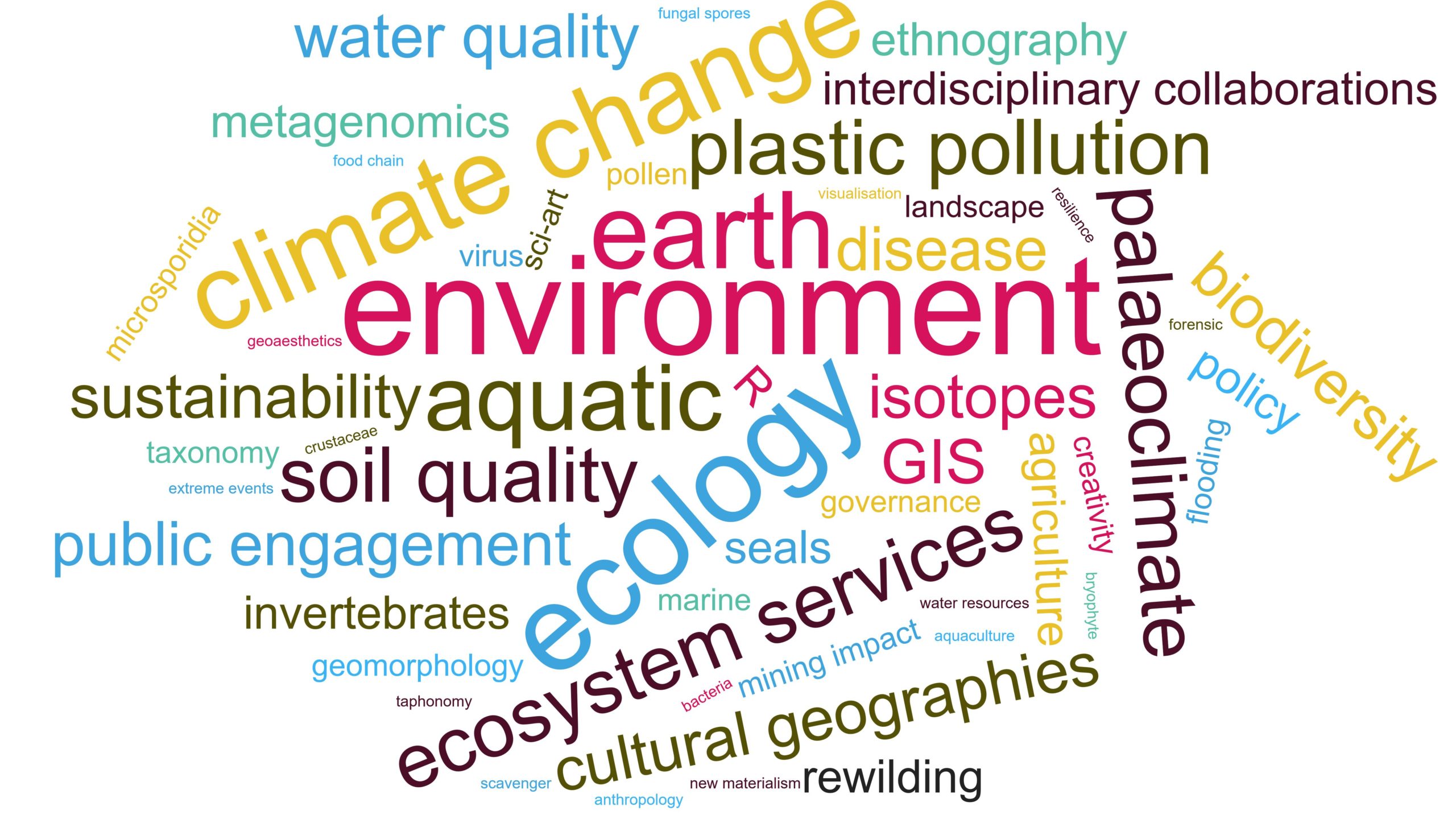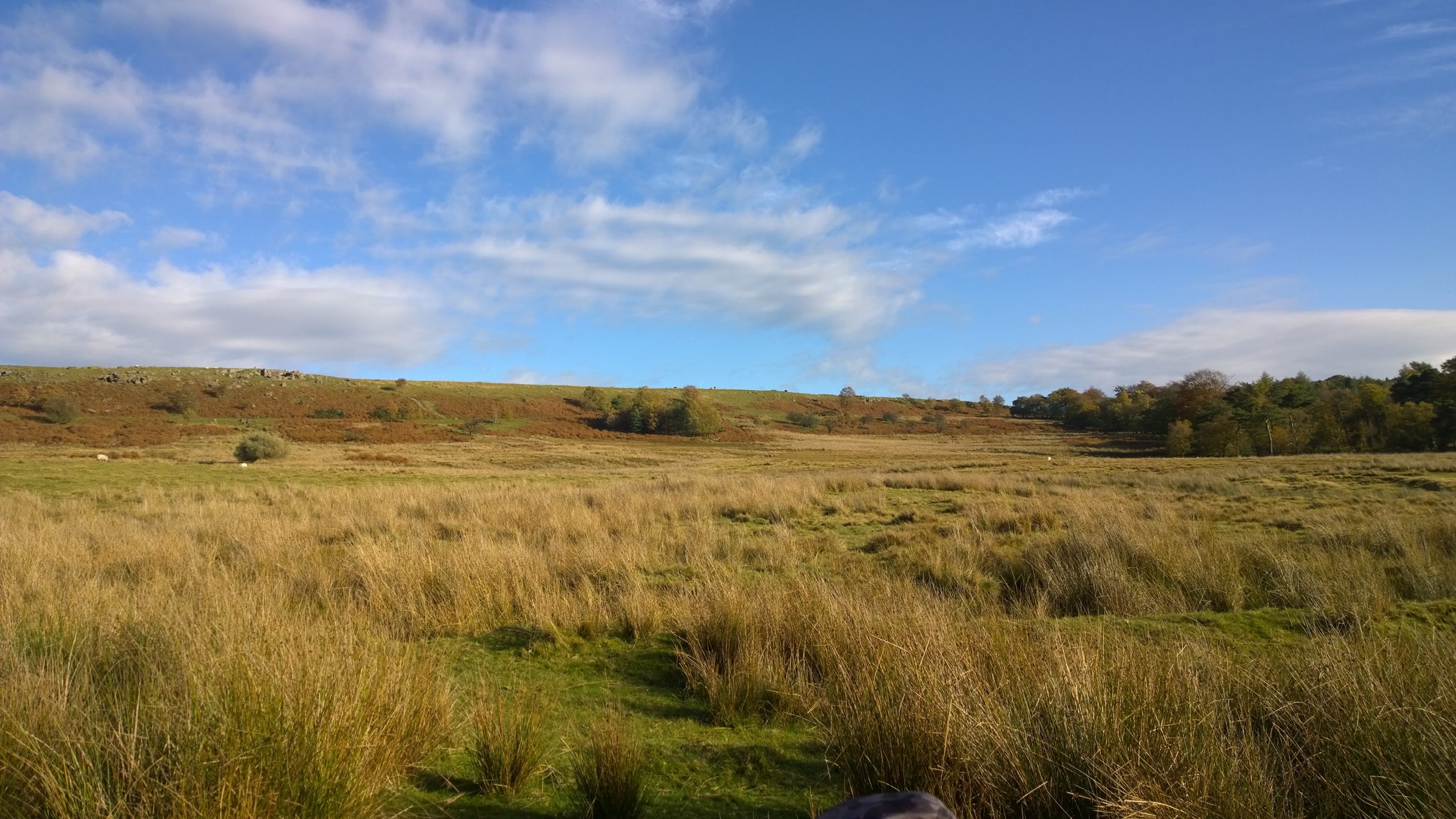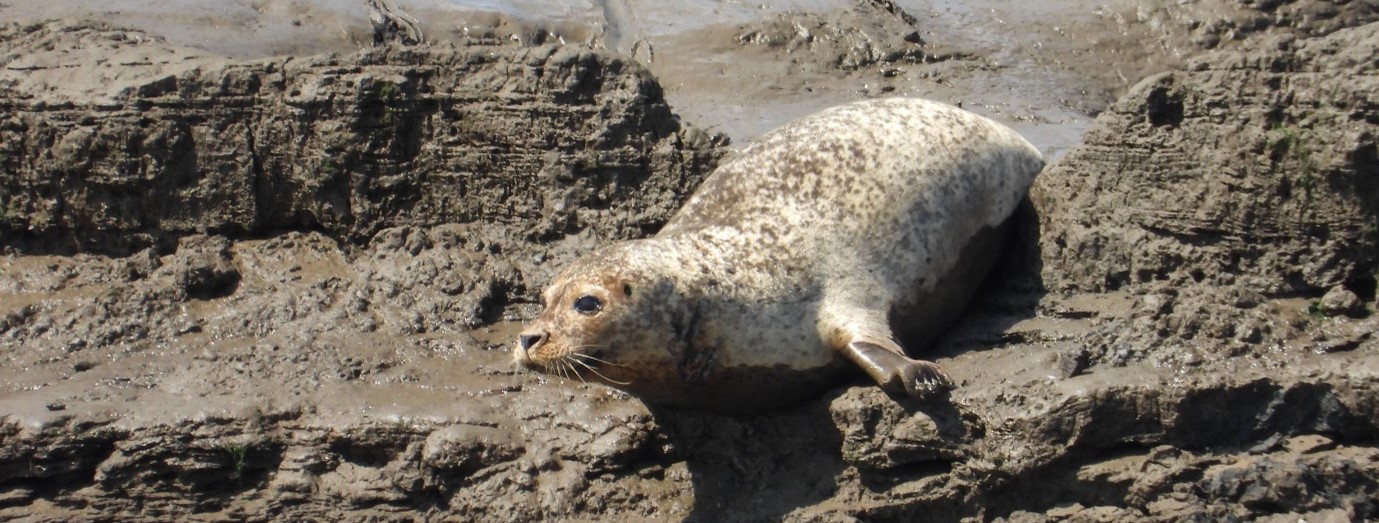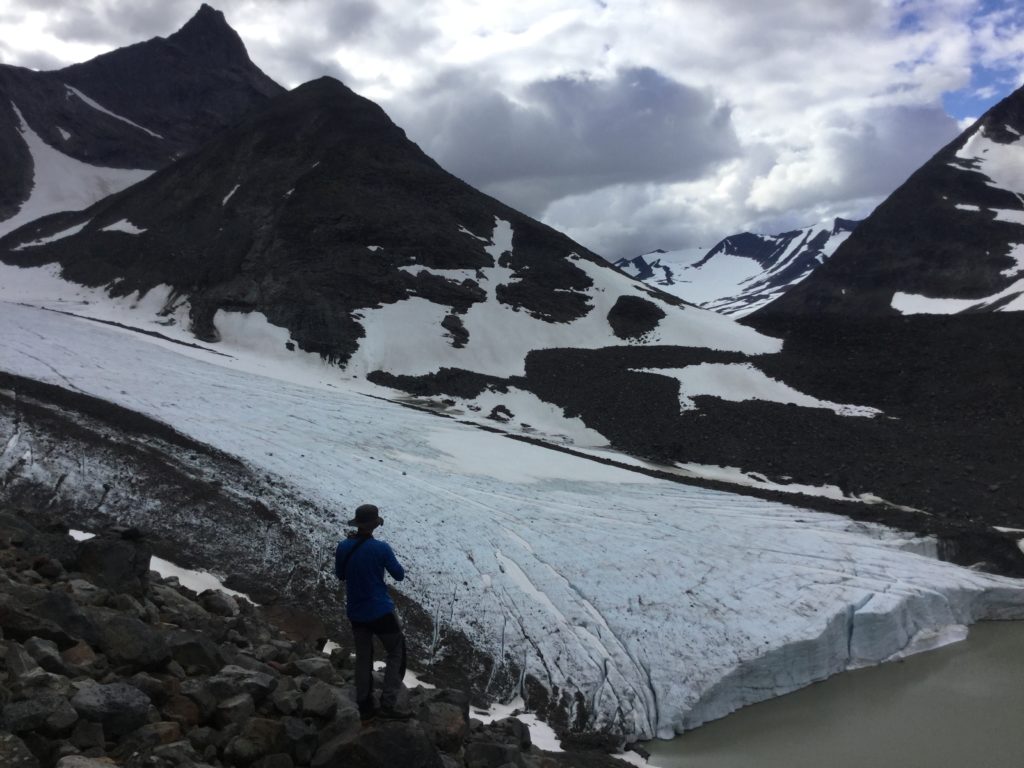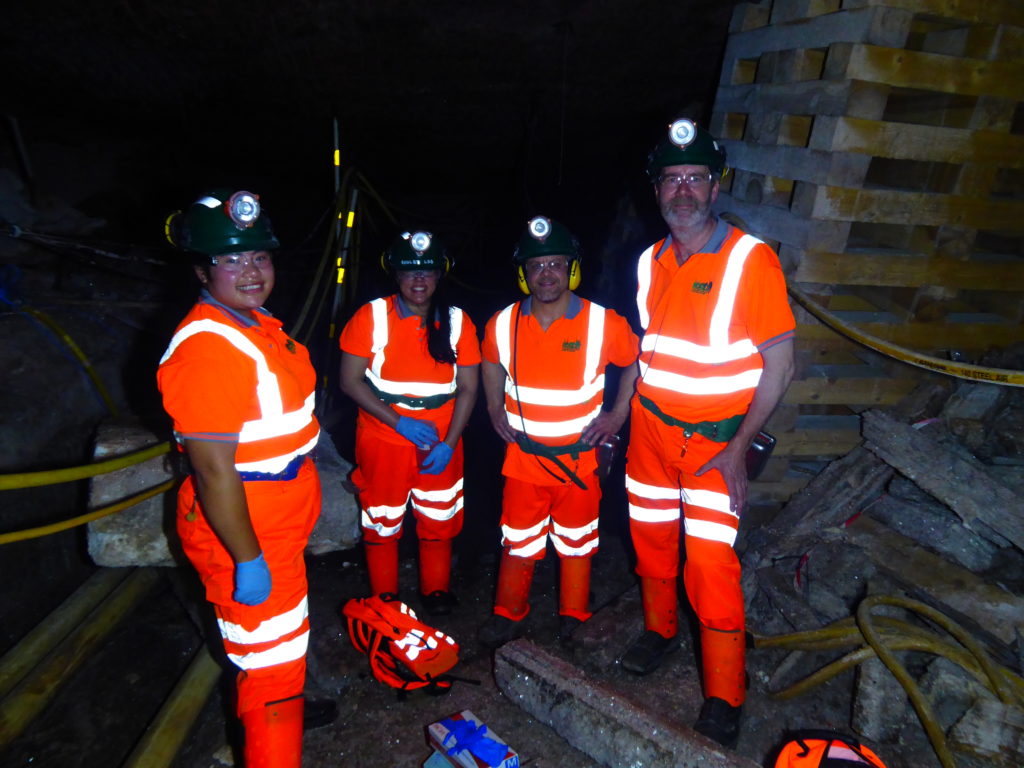Our PhD community impressed yesterday during the Earth and Environment PhD min-conference. This was a wonderful opportunity for the students to get feedback and questions about their work, while strengthening the research culture within the department.
The programme was as follows:
Environmental PhD Mini Conference Schedule
27th November 2024, 2-4pm
Each student to give a 7-minute presentation followed by 5 minutes for questions and feedback.
2:00 Welcome and introduction
2:10 Beginnings for environmental storytelling
Alison Reid, PhD candidate at Newcastle University
2:25 How can land provide multiple benefits for current and future generations? The case of Stockton-on-Tees Borough Council.
Rach Butler, Carbon Reduction Coordinator at Stockton on Tees Borough Council, PhD candidate at Teesside University
2:40 Using Rainfall Isotopes to Decode Climate Variability: Implications for Stalagmite Studies in Western Africa
Fatai Ilesanmi, PhD candidate at Teesside University
2:55 Impact of prescribed burning on moorland carbon dynamics, microbial diversity and function
Dilmi Mapatunage, PhD candidate at Teesside University
3:10 Land-based solutions for climate change mitigation and adaptation: The case study of the Tees River catchment
Okechukwu Ignatius Eze, PhD candidate at Teesside University
3:25 Above and below-ground carbon stocks and biotic changes during rewilding
Austine Otabor, PhD candidate at Teesside University


